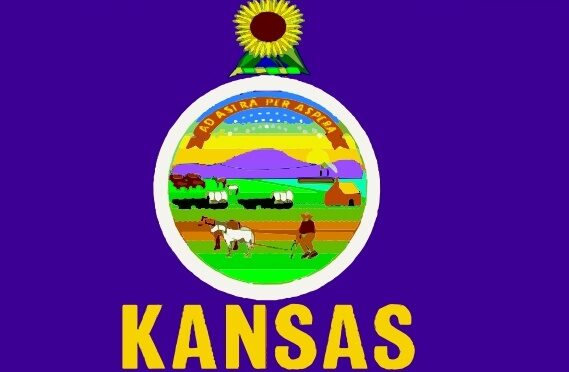Ratepayers can expect to pay more for heat
this winter and how to minimize the impact
TOPEKA – Kansans have heard the warnings that energy costs are on the rise. As a result, consumers have questions and some may need assistance to keep pace with the higher costs. The Kansas Corporation Commission (KCC) has launched an online resource to explain the reasons prices are escalating, help consumers minimize the impact, and find financial and weatherization assistance.
Topics covered include tips to reduce energy use, assistance programs available throughout the state, information on the Cold Weather Rule, steps to take if you receive a disconnection notice and who to call for help with utility issues.
The KCC regulates investor-owned utilities in the state; however, the agency does not set fuel prices. The price for natural gas, the predominant heating source used by Kansans, was deregulated by the U.S Congress in the mid 1980’s. As a result, prices are driven by the market. The cost utilities pay for natural gas is a direct pass through to its customers.
More information is available on the KCC’s website at https://kcc.ks.gov/kcc-consumer-alert.
Why are energy costs going up?
First, it is important to note that the U.S. Congress deregulated
natural gas prices in the mid 1980’s.
As a result, prices are driven by the market. The cost utilities pay for energy is a direct pass-through to its customers. Utilities do negotiate contracts with their suppliers and utilize hedging and storage to help manage costs, but overall, supply and demand play a huge role in market prices.
Natural gas storage levels have been below five-year average levels all summer and that continues. Coming out of Winter Storm Uri in February 2021, the nation’s storage levels for natural gas were significantly depleted.
This storage has been slow to refill for a variety of reasons:
1. Natural gas is used as a fuel for electric generation. Demand has been higher than average due to heat waves in the west and southern parts of the U.S. Plus, there was a need to replace
hydroelectric production in the west due to record drought.
2. Energy shortages in Europe and Asia are fueling exports, which displaces production that might otherwise go to domestic storage and other uses.
3. Domestic production of natural gas has declined recently as offshore natural gas wells were disrupted from Hurricane Ida and extremely low energy prices during the pandemic caused shutdowns in domestic oil and gas wells.
4. U.S. producers are exporting record amounts of natural gas to Mexico, up 25% from a year earlier and 44% more than the previous five-year average.
Yet another factor that could affect supply is the arrival of winter weather, which will increase demand and lead to higher prices. How much will vary depending on where you live.
“High demand + lower than average supplies and storage = higher than expected prices
